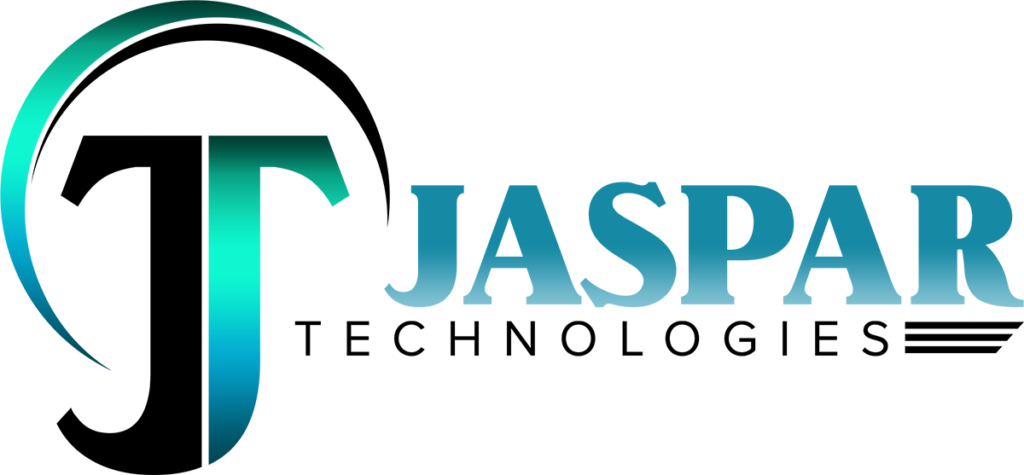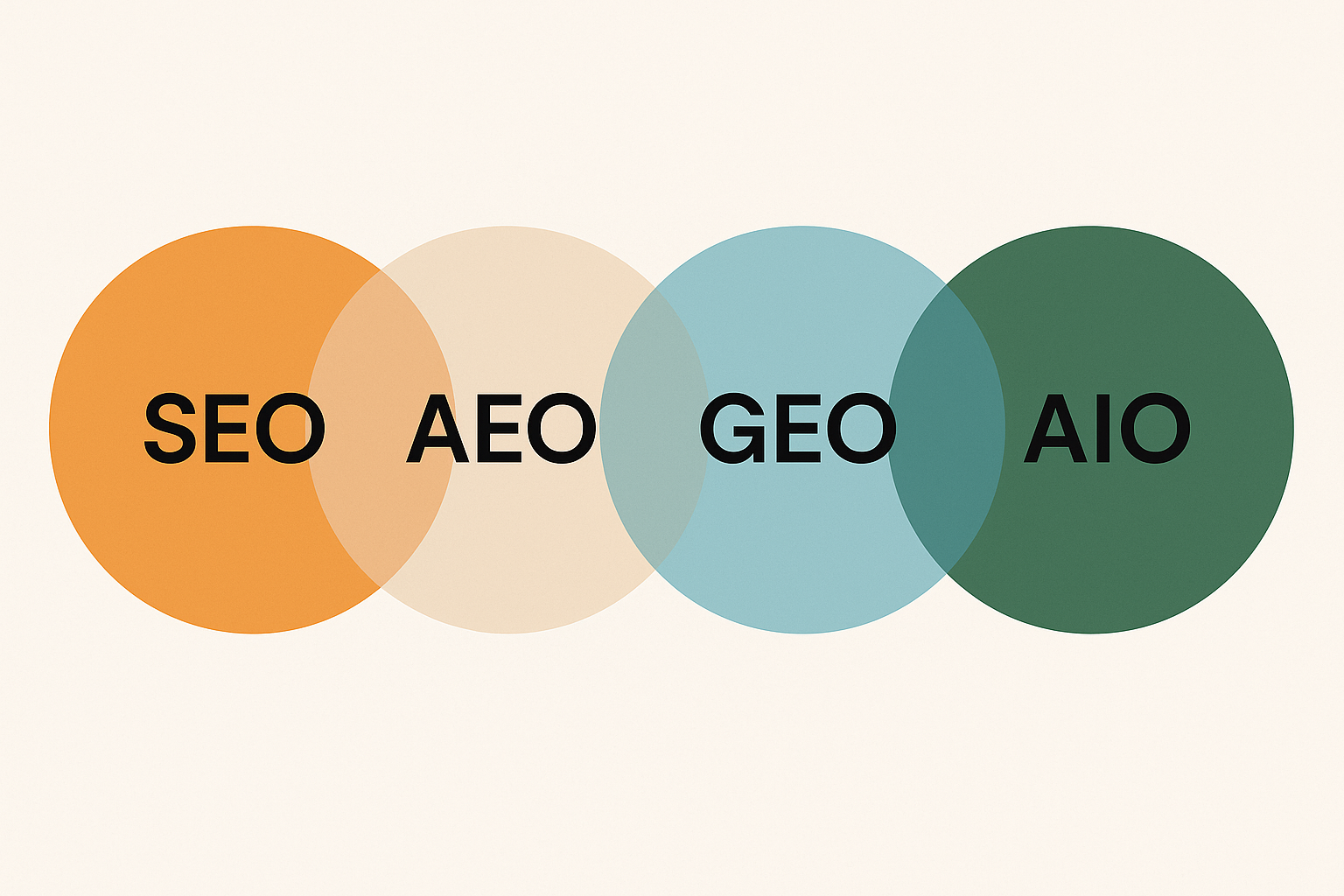A few months ago, I watched a friend Google “best DSLR for wildlife photography.” Within seconds, he skipped past all the blue links and clicked on a featured snippet. “This is all I need,” he said. No blog clicks. No deep dives. Just a single, AI-curated answer.
That’s when it hit me: traditional search is evolving. Fast.
If you’re creating content in 2025, understanding how people discover information — and how machines surface it — is no longer optional.
What Is SEO?
Search Engine Optimization (SEO) is the oldest sibling in the family. It’s all about helping your content rank higher on search engines like Google.
Think: keywords, backlinks, meta tags, page speed, and mobile-friendliness.
If you’ve ever added a headline like “Top 10 Budget Laptops” or sprinkled “best laptops under 50K” into a paragraph, you’ve done SEO.
Purpose: Make your content discoverable via traditional search queries.
Who it’s for: Blogs, product pages, landing pages, anyone playing the long game on Google.
What Is AEO?
Answer Engine Optimization (AEO) focuses on optimizing for direct answers — the kind that show up in featured snippets, “People Also Ask,” or even voice assistants like Alexa.
If SEO is about ranking, AEO is about being the answer.
It thrives on clear, concise content:
- FAQs
- How-tos
- Definitions
- Schema markup to help search engines “understand” your page better
Purpose: Position your content as the answer to a question.
Who it’s for: Publishers, creators, brands, and businesses that want visibility without clicks.
What Is GEO?
Generative Engine Optimization (GEO) is the new kid — born from AI engines like ChatGPT, Perplexity, and Google’s SGE (Search Generative Experience).
Here’s the thing: these engines don’t rank pages. They generate answers, often using multiple sources.
GEO is about crafting content that feeds these engines. It involves:
- Clear, fact-rich writing
- Citing trusted sources
- Creating easily quotable content
- Being semantically rich, not just keyword-rich
Purpose: Get your content surfaced or cited inside AI-generated responses.
Who it’s for: Anyone who wants to stay visible as people shift from Google to AI assistants and bots.
What Is AIO?
AI Optimization (AIO) zooms out and looks at the big picture: how well your content plays with algorithms in general — not just search.
It blends all the above and includes:
- Optimizing for LLMs (large language models)
- Structuring data cleanly (think headings, lists, bullet points)
- Prioritizing clarity, tone, and context
- Training internal search or chatbots with your content
Purpose: Make content usable, understandable, and retrievable by any AI — not just Google.
Who it’s for: Brands building AI-first experiences, internal knowledge bases, or any content that might get parsed by machines.
So, Which One Should You Prioritize in 2025?
Here’s the no-BS answer: you can’t afford to pick just one. But you can prioritize based on what your audience uses most.
- Still banking on Google traffic? Focus on SEO and AEO.
- Noticing traffic from ChatGPT, Perplexity, or AI summaries? Shift toward GEO.
- Building internal tools, bots, or content for AI parsing? Invest in AIO.
A Simple Rule of Thumb:
| Goal | Focus On |
| Rank on Google | SEO |
| Show up in featured answers | AEO |
| Be quoted in AI-generated text | GEO |
| Train or support AI tools | AIO |
Final Thought
In 2025, people don’t “search” the way they used to. They ask. They converse. They expect smart answers in seconds.
If your content isn’t built to answer, rank, or feed AI, it’s invisible.
So optimize not just for clicks — optimize to be understood.
That’s the game now.



